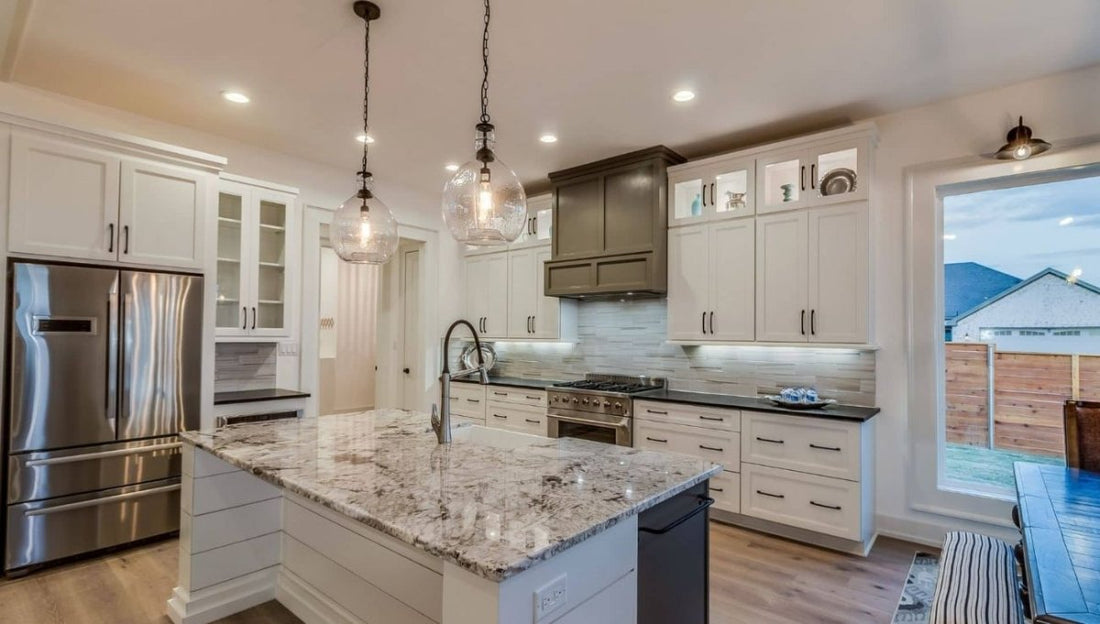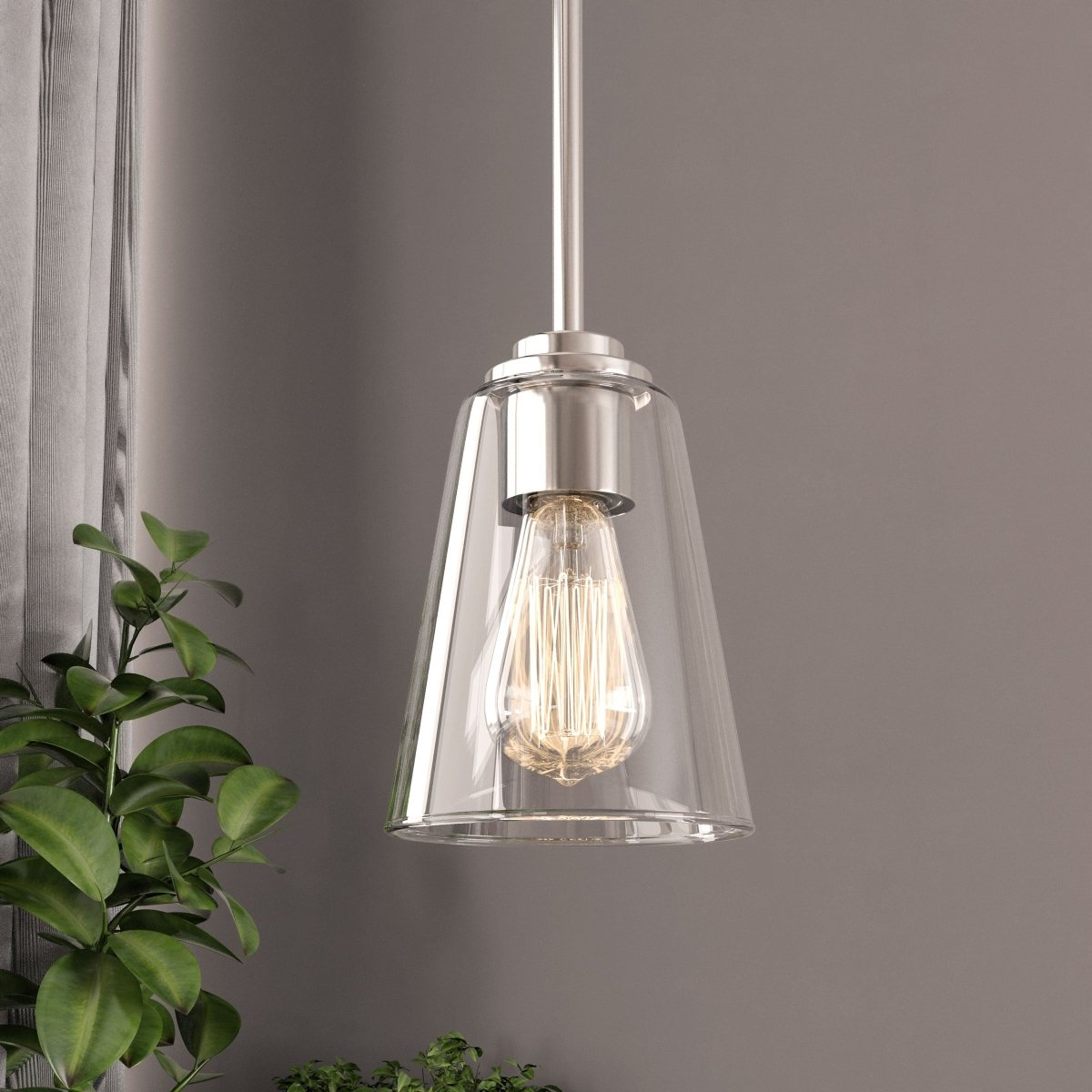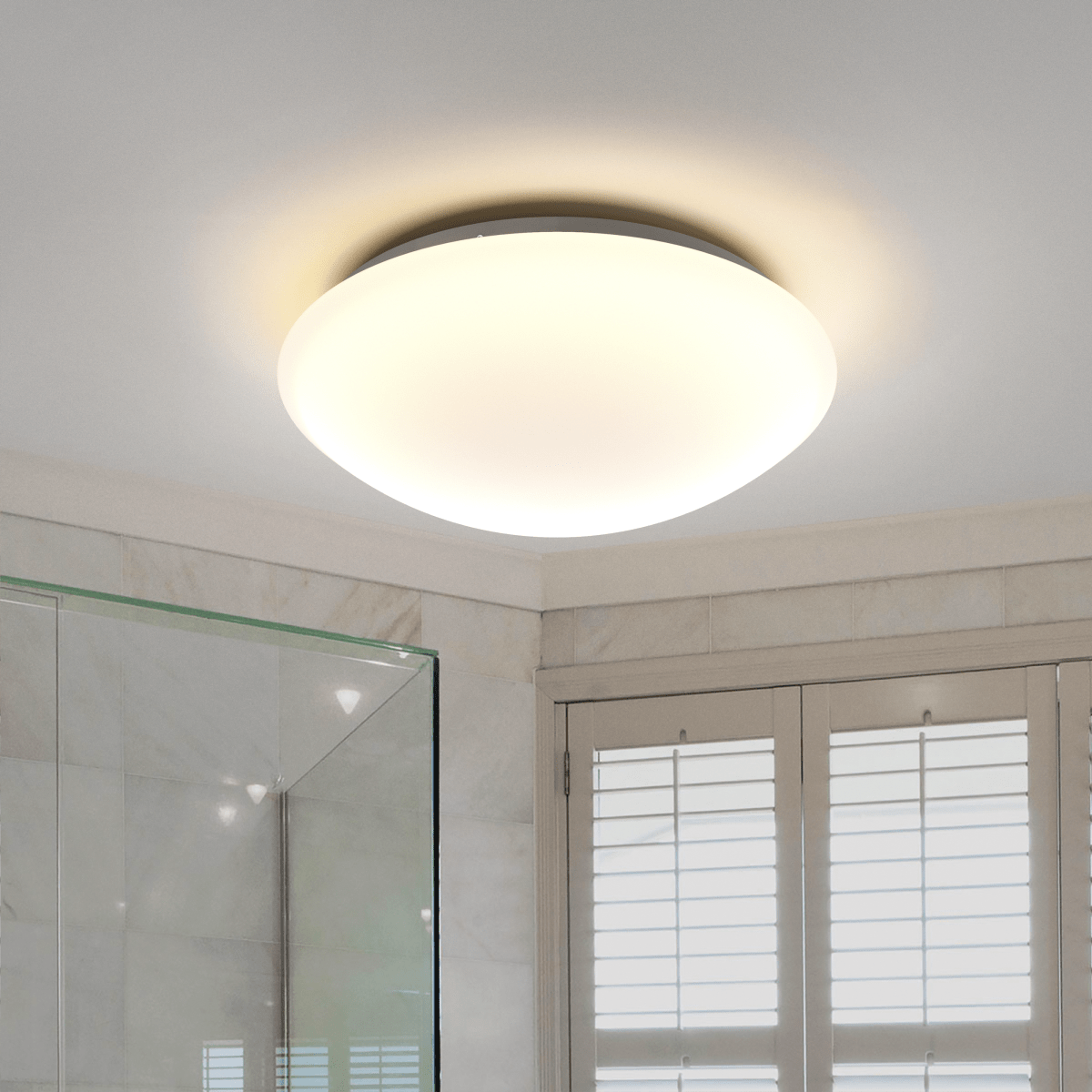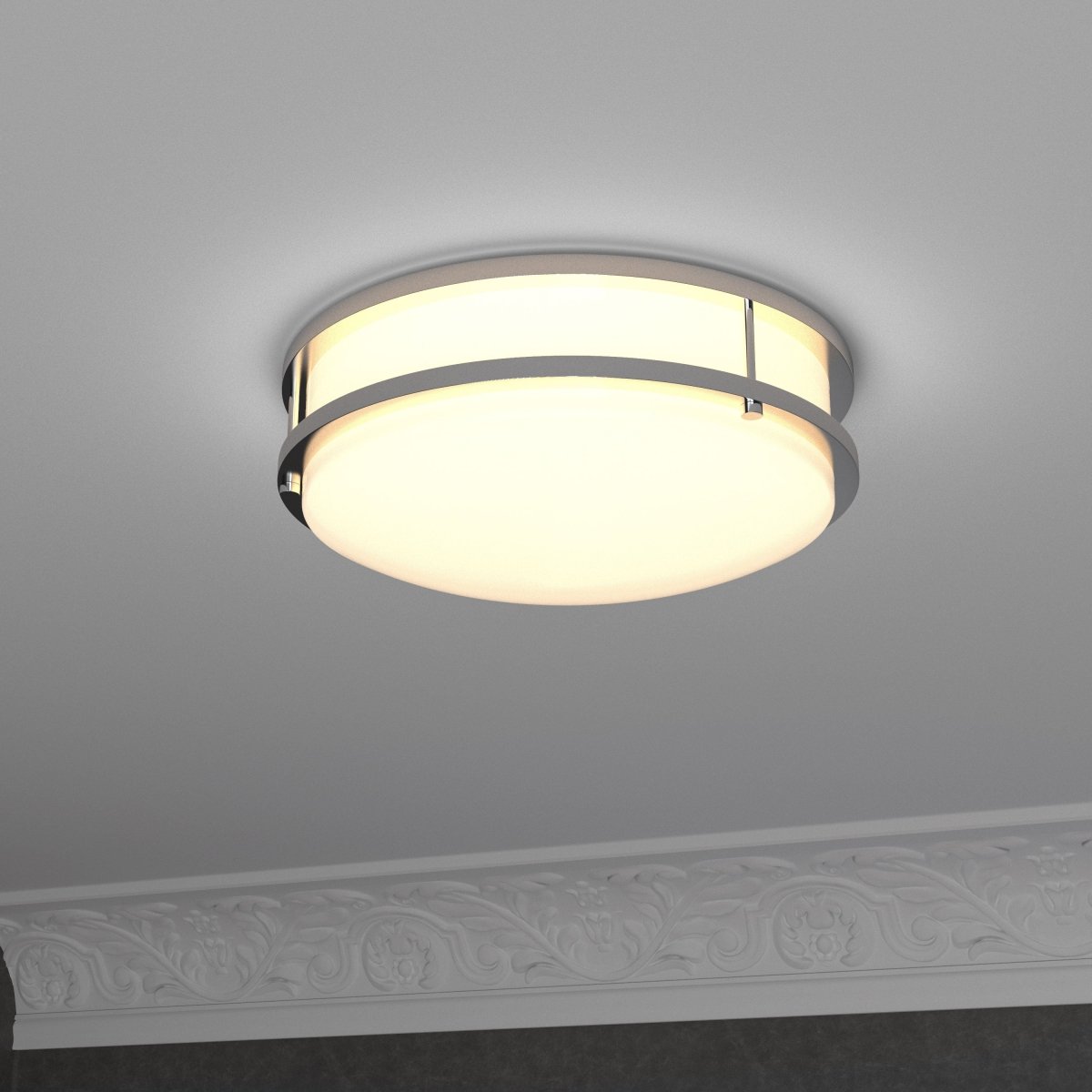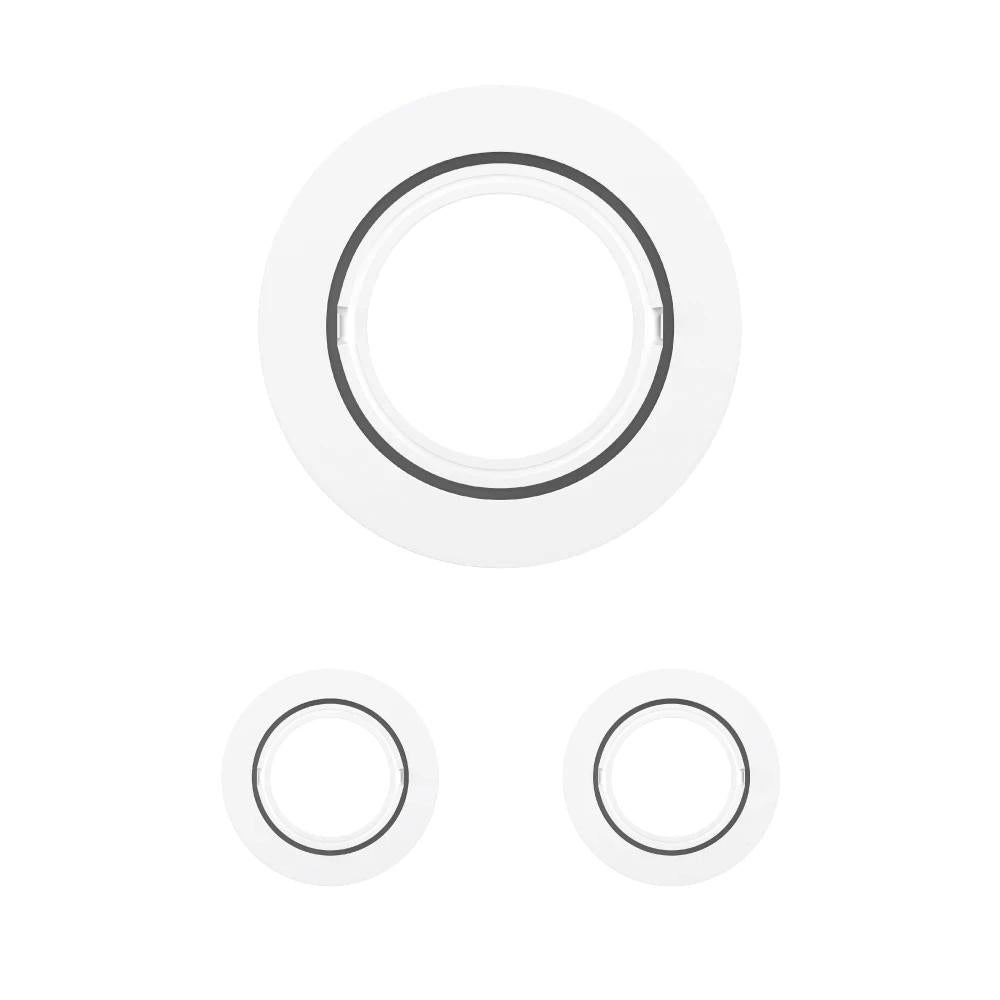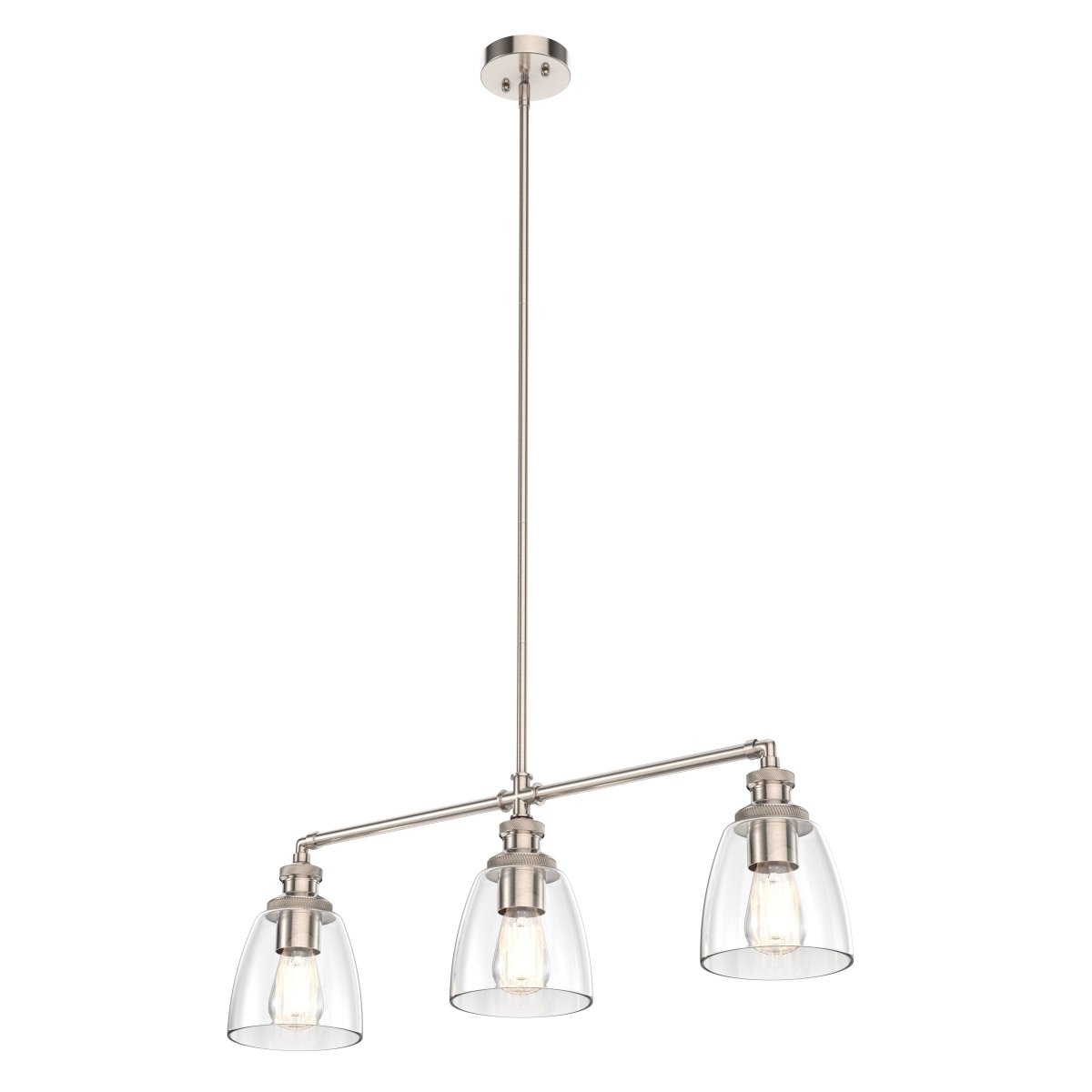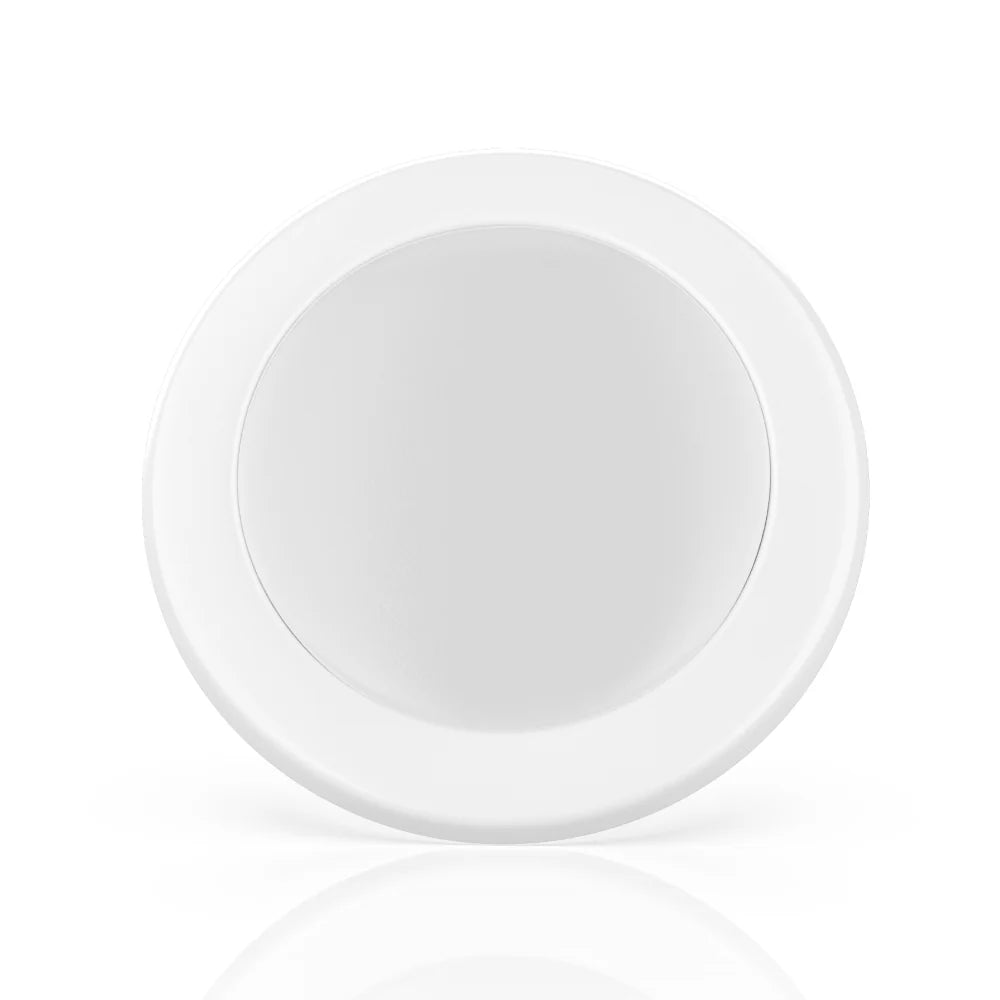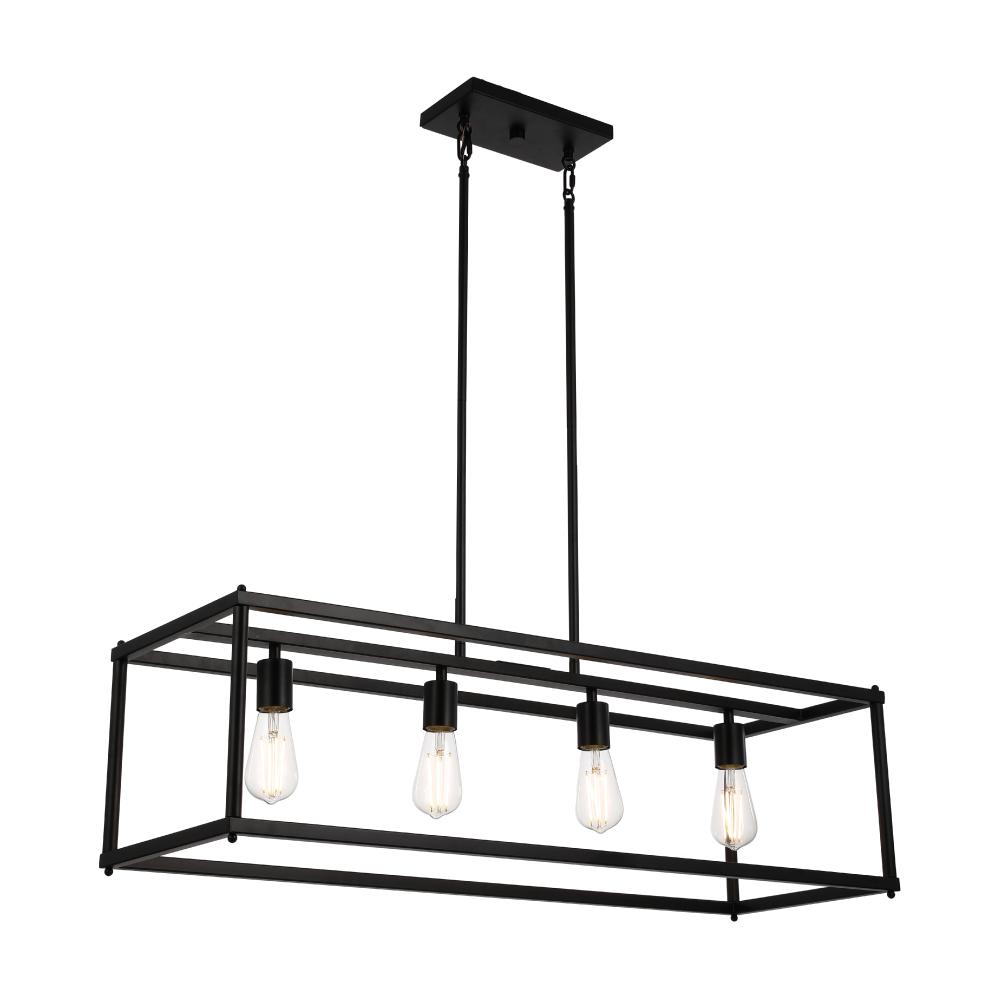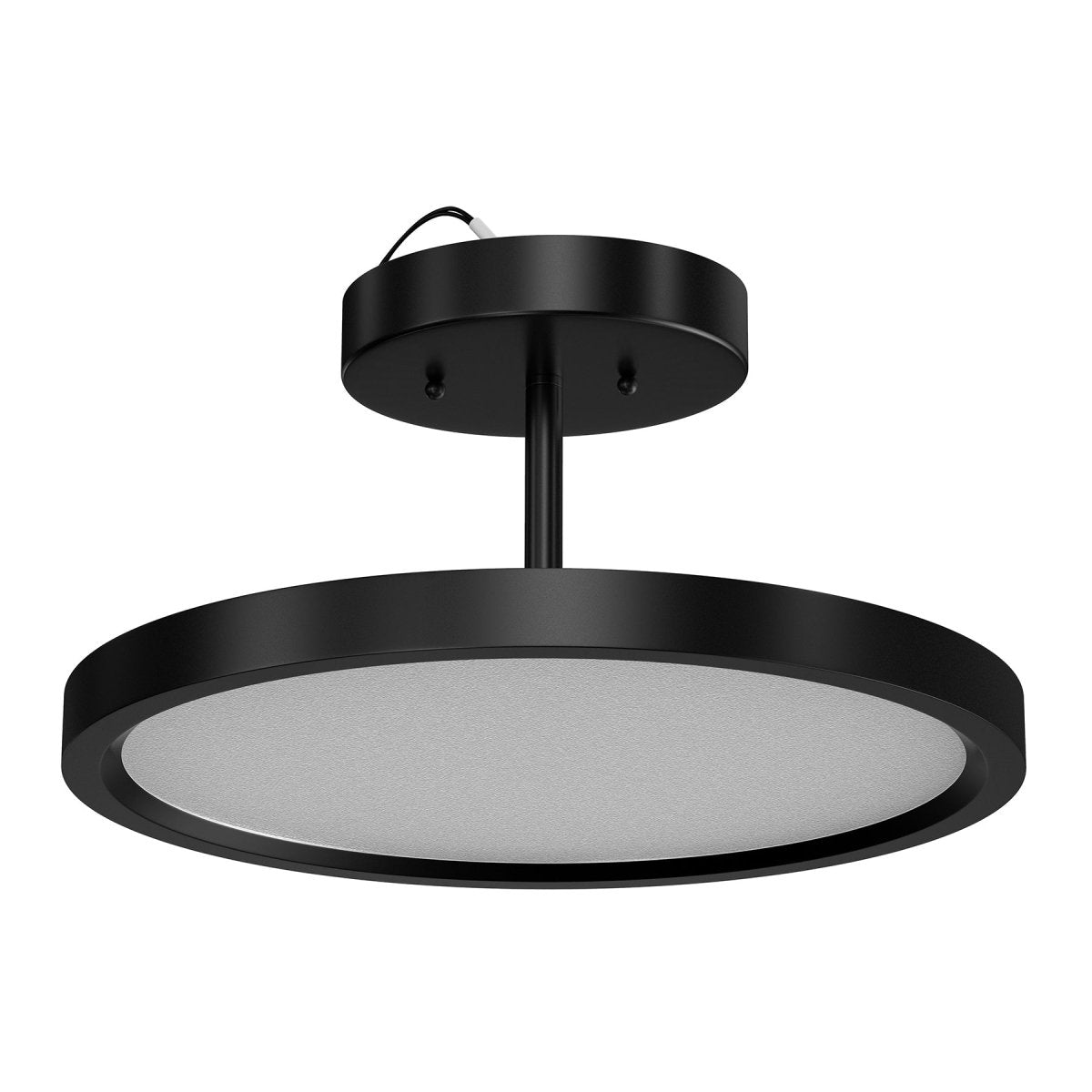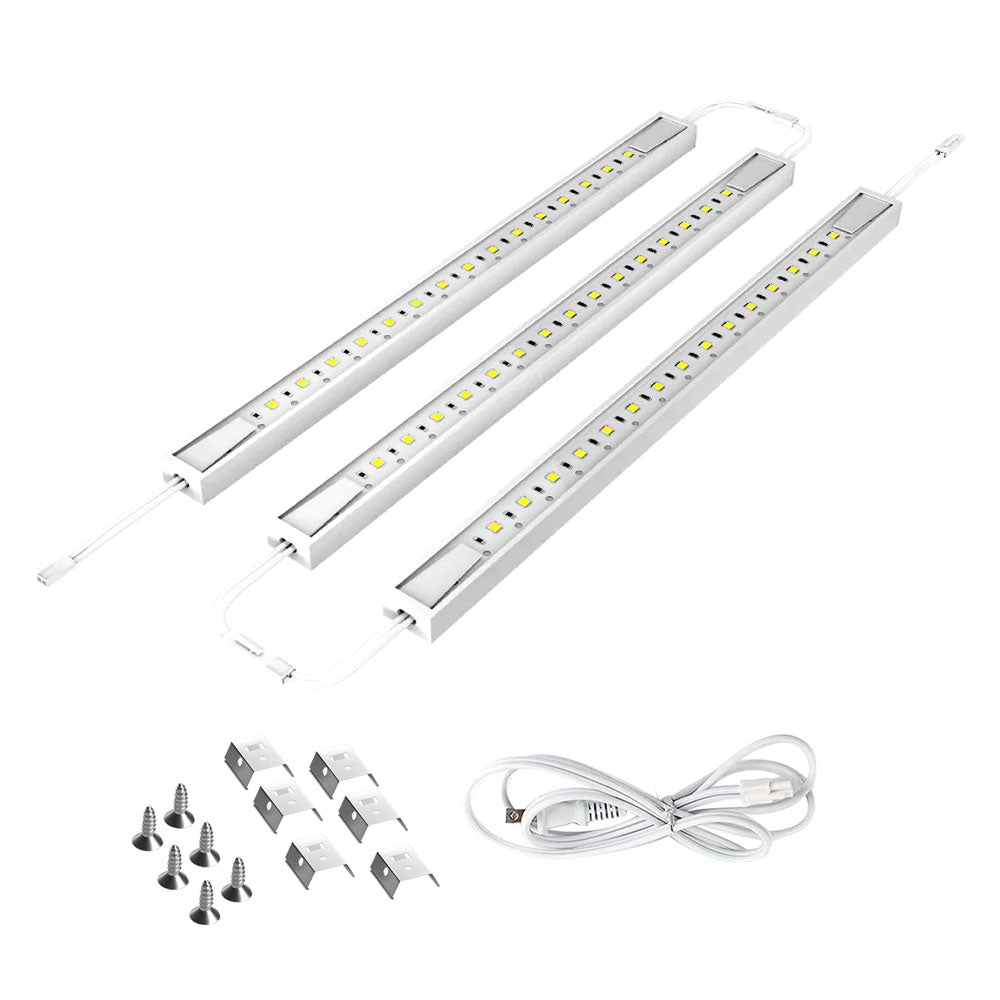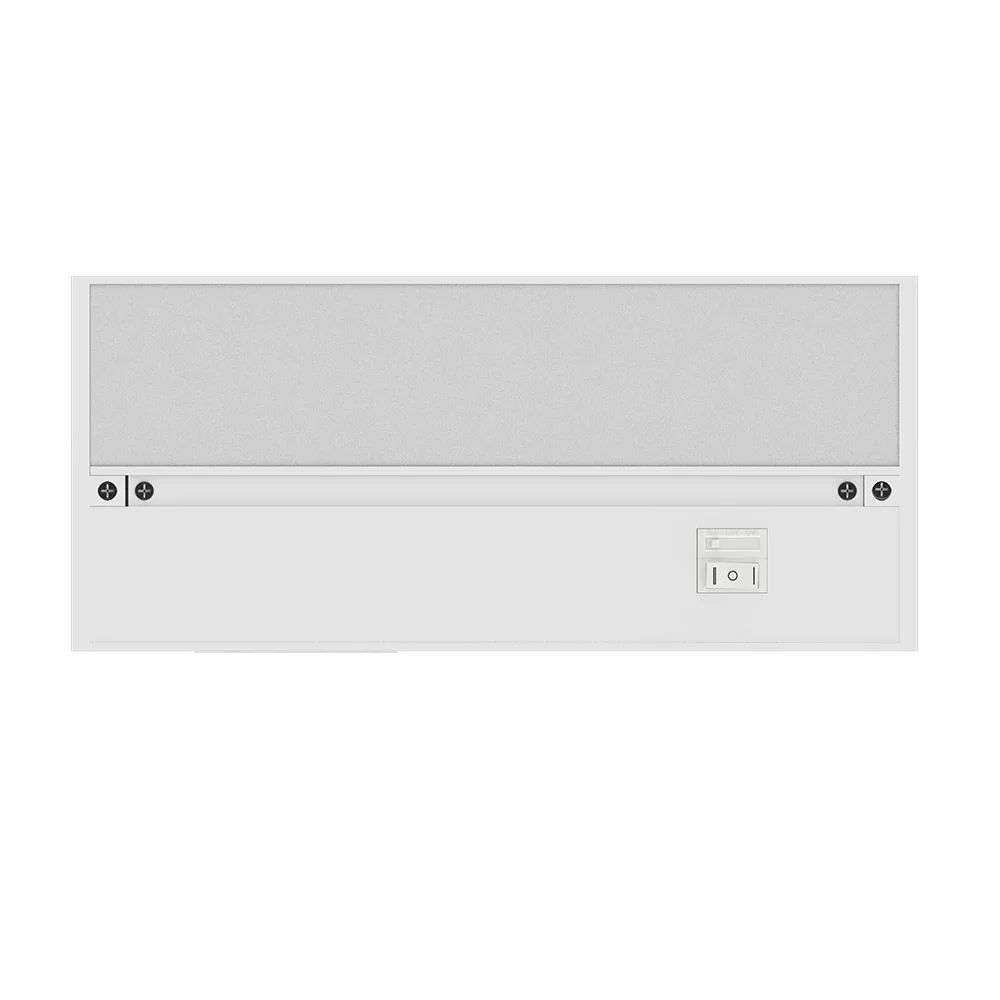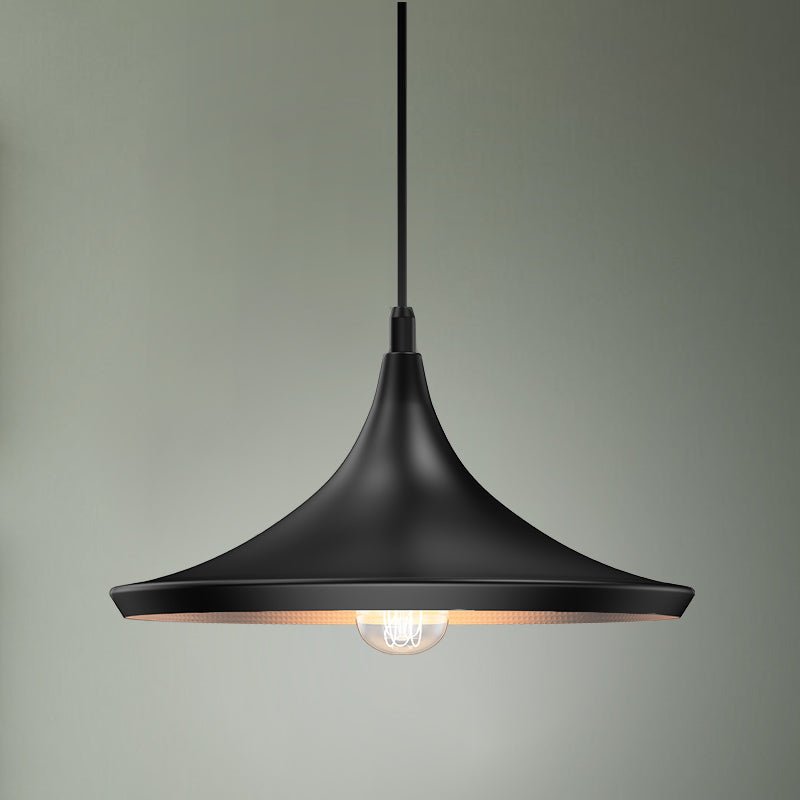Lighting plays a crucial role in any kitchen, not only for practical purposes but also for enhancing the overall ambiance and aesthetics. The right light fixture can transform your kitchen into a functional and inviting space. When it comes to choosing the perfect kitchen light fixture, there are several factors to consider, including the type of lighting, style, and energy efficiency. In this article, we will explore various options and help you find the best light fixture for your kitchen.
Introduction
The kitchen is often considered the heart of a home, where meals are prepared, memories are made, and gatherings take place. Adequate lighting is essential to ensure safety and functionality in this busy space. Additionally, the right light fixture can add style and character to your kitchen, making it an enjoyable place to spend time in. So, let's dive into the world of kitchen light fixtures and discover the options available.
Importance of Kitchen Light Fixtures
Good lighting in the kitchen is essential for several reasons. Firstly, it ensures proper visibility for food preparation, cooking, and cleaning tasks. Insufficient lighting can lead to accidents and make it difficult to see ingredients, read recipes, or handle sharp objects safely. Secondly, well-designed kitchen lighting enhances the ambiance and sets the mood. Whether you want a bright and energetic atmosphere or a warm and cozy feel, the right light fixtures can help you achieve the desired effect. Lastly, kitchen light fixtures contribute to the overall design and aesthetics of the space, adding a touch of style and personality.
Factors to Consider When Choosing Kitchen Light Fixtures
Before diving into the specific types of kitchen light fixtures, it's important to consider a few factors that will guide your decision-making process.
1. Kitchen Layout and Size: The layout and size of your kitchen will determine the placement and number of light fixtures required. A larger kitchen may need multiple light sources to ensure even illumination across the space.
2. Lighting Functionality: Determine the purpose of lighting in your kitchen. Do you need general lighting to illuminate the entire area or task lighting to focus on specific work areas, such as the countertops or stovetop?
3. Style and Aesthetics: Consider the overall style and theme of your kitchen. Choose light fixtures that complement the existing decor and add a cohesive look to the space.
4. Energy Efficiency: Opt for energy-efficient fixtures that not only reduce your carbon footprint but also save on electricity bills in the long run. LED lights are a popular choice due to their energy efficiency and longevity.
Different Types of Kitchen Light Fixtures
There is a wide range of light fixtures available specifically designed for kitchens. Let's explore some popular options:
4.1. Ceiling Lights
Ceiling lights are a common choice for general illumination in kitchens. They provide widespread lighting and come in various designs, including flush mount and semi-flush mount fixtures. Ceiling lights are versatile and can suit different kitchen styles.
4.2. Pendant Lights
Pendant lights are stylish and versatile fixtures that hang from the ceiling, typically suspended by a chain, rod, or cord. They are ideal for providing focused task lighting above kitchen islands, dining tables, or countertops. Pendant lights come in various shapes, sizes, and styles to suit different kitchen designs.
4.3. Under Cabinet Lights
Under cabinet lights are installed beneath the upper cabinets, providing directed illumination onto the countertops. They are excellent for task lighting, eliminating shadows and making food preparation easier. Under cabinet lights can be linear LED strips or individual puck lights.
4.4. Track Lights
Track lighting consists of a linear track mounted on the ceiling, allowing adjustable fixtures to be attached. This type of lighting provides flexibility as the fixtures can be moved along the track to direct light to specific areas. Track lights work well for kitchens with varying lighting needs.
4.5. Chandeliers
Chandeliers bring a touch of elegance and sophistication to the kitchen. They are often used in larger kitchens or dining areas to make a statement. Chandeliers come in various sizes and styles, ranging from traditional to modern designs.
4.6. Recessed Lights
Recessed lights, also known as can lights or downlights, are installed into the ceiling, creating a seamless and clean look. They provide ambient lighting and can be used for general illumination or combined with other fixtures for layered lighting effects. Recessed lights are popular in modern and minimalist kitchens.
Best Light Fixtures for Kitchen
Now that we have explored the different types of kitchen light fixtures, let's delve into some specific recommendations that can elevate your kitchen lighting game.
5.1. LED Flush Mount Ceiling Light
The LED flush mount ceiling light is an excellent choice for general illumination in the kitchen. It provides bright and uniform lighting while saving energy. LED lights are long-lasting and come in various color temperatures to suit your preferences.
5.2. Pendant Lights with Adjustable Height
If you have a kitchen island or a dining area in your kitchen, pendant lights with adjustable height are a great option. They offer both functionality and style, allowing you to set the desired height for task lighting or create a focal point.
5.3. Under Cabinet LED Lights
For task lighting on your countertops, under cabinet LED lights are a must-have. They illuminate the workspace effectively, making it easier to chop, slice, and cook. LED lights are energy-efficient and provide a cool, bright light that is easy on the eyes.
5.4. Track Lighting System
If you want versatility and the ability to adjust the direction of light, a track lighting system is worth considering. It allows you to move the fixtures along the track and direct the light where it is needed most. Track lighting is perfect for kitchens with multiple functional areas.
5.5. Mini Chandeliers
To add a touch of elegance and glamour to your kitchen, consider installing mini chandeliers. These smaller versions of traditional chandeliers provide a statement piece while maintaining a proportionate size for the kitchen. They work well above kitchen islands or dining tables.
5.6. Recessed LED Lights
For a clean and modern look, recessed LED lights are an excellent choice. They blend seamlessly into the ceiling and provide ambient lighting. Use them in combination with other light fixtures to create layered lighting effects and highlight specific areas of your kitchen.
Tips for Proper Lighting in the Kitchen
Choosing the right light fixtures is just the first step. Here are some tips to optimize the lighting in your kitchen:
6.1. Layered Lighting
Create a layered lighting design by combining different types of light fixtures. Use a combination of ambient, task, and accent lighting to provide functionality and enhance the aesthetics of your kitchen.
6.2. Placement and Spacing
Consider the placement and spacing of the light fixtures to ensure even illumination across the kitchen. Avoid placing fixtures too close together or too far apart, as it can create uneven lighting or shadows.
6.3. Dimmers and Controls
Install dimmers and lighting controls to adjust the brightness levels according to your needs. This allows you to set the mood and create different lighting scenarios for various activities in the kitchen.
6.4. Light Color Temperature
Choose the right color temperature for your kitchen light fixtures. Warm white (2700K-3000K) creates a cozy ambiance, while cool white (3500K-4500K) provides a brighter and more energizing feel. Consider the color temperature of other light sources in the kitchen for consistency.
6.5. Energy Efficiency
Opt for energy-efficient light fixtures, such as LED lights, to reduce your energy consumption and environmental impact. LED lights not only last longer but also emit less heat, making them safer and more cost-effective in the long run.

Conclusion
Finding the right light fixture for your kitchen is essential for both functionality and aesthetics. Consider the layout, lighting needs, and style of your kitchen when choosing between ceiling lights, pendant lights, under cabinet lights, track lights, chandeliers, or recessed lights. Remember to create a layered lighting design, place the fixtures strategically, and opt for energy-efficient options. With the perfect light fixture, your kitchen will become a well-lit and inviting space for cooking, dining, and creating memories.
FAQs
8.1. What is the ideal height for pendant lights in the kitchen?
The ideal height for pendant lights in the kitchen depends on various factors, including the height of the ceiling and the purpose of the lighting. As a general guideline, pendant lights should hang approximately 30-36 inches above a kitchen island or countertop. However, adjust the height based on your personal preference and the specific requirements of your kitchen.
8.2. Can recessed lights be installed in a kitchen with a low ceiling?
Yes, recessed lights can be installed in a kitchen with a low ceiling. However, it is crucial to consider the available space and the depth of the recessed lighting fixtures. Choose shallow or slim-profile recessed lights specifically designed for low ceilings to ensure proper installation and avoid any potential clearance issues.
8.3. How many under cabinet lights are needed for proper illumination?
The number of under cabinet lights needed for proper illumination depends on the length of your countertops and the desired level of brightness. As a general guideline, it is recommended to install one under cabinet light every 12-18 inches. However, adjust the spacing based on your specific lighting requirements and the size of your kitchen.
8.4. Are LED lights a good choice for kitchen light fixtures?
Yes, LED lights are an excellent choice for kitchen light fixtures. They are energy-efficient, long-lasting, and available in various color temperatures to suit your preferences. LED lights also emit less heat, making them safer for use in the kitchen. Additionally, they provide bright and focused illumination, perfect for task lighting and enhancing the aesthetics of your kitchen.
8.5. What is the average lifespan of kitchen light fixtures?
The lifespan of kitchen light fixtures can vary depending on the type of light source and the quality of the fixtures. However, LED light fixtures are known for their longevity and can last anywhere from 25,000 to 50,000 hours or more, depending on the brand and model. This translates to several years of use before needing replacement.















































































